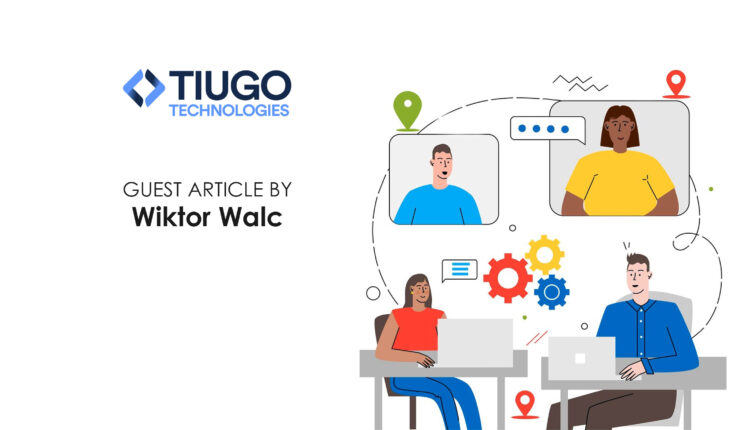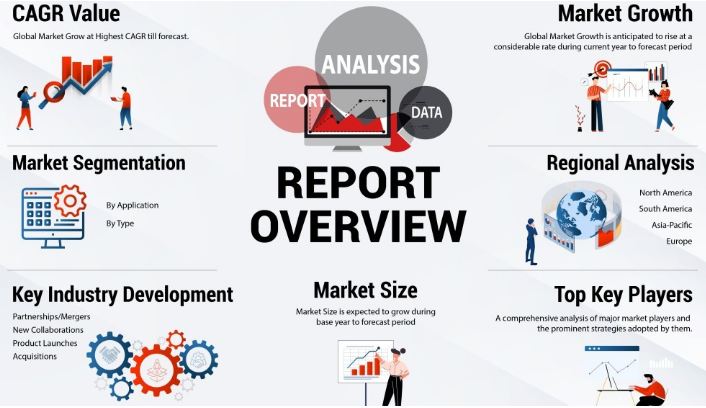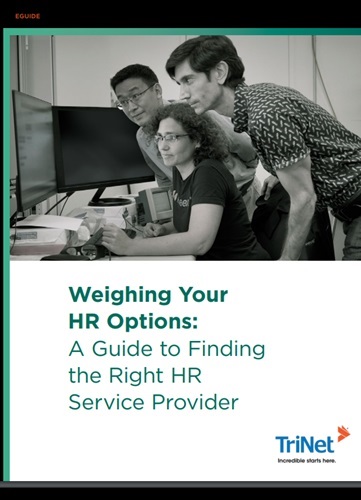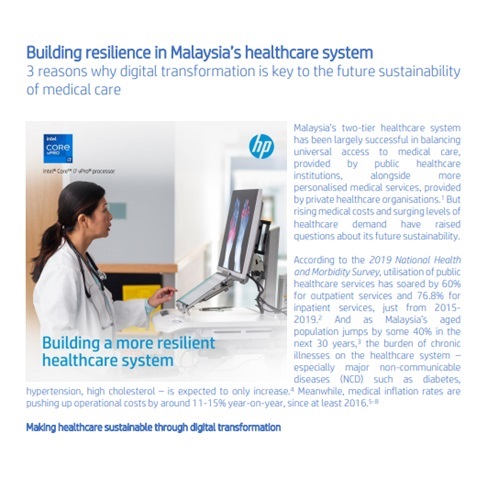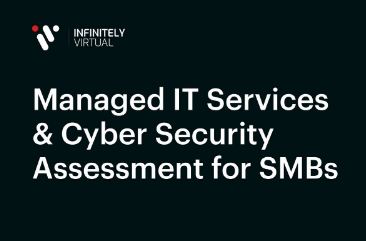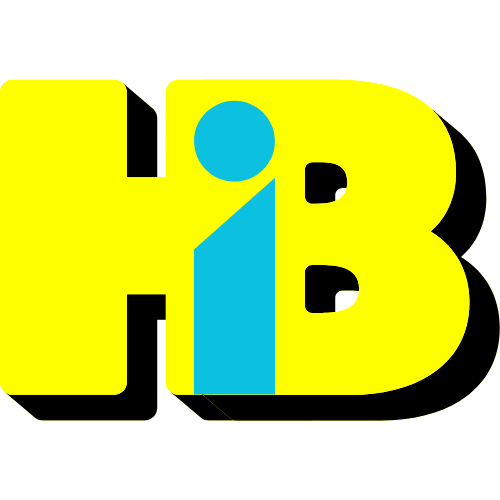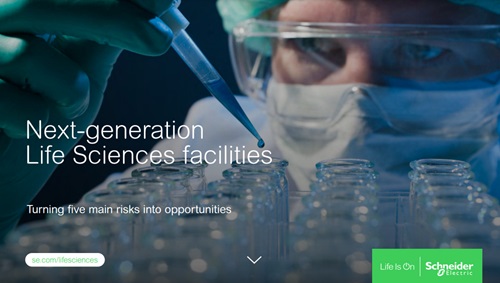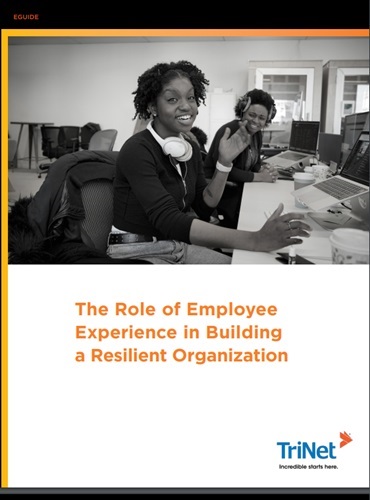
The Role of Employee Experience in Building a Resilient Organization
Tight Labor Markets Enhance the Importance of the Employee Experience
Changes in the work environment that were already in motion prior to the COVID-19 pandemic have accelerated as the country races back to normal. Digitization, expansion of flexible work arrangements and changing cultural norms—including increased emphasis on employee wellbeing and diversity, equity and inclusion (DEI)—are among the most impactful changes. But they are not the only ones that small and medium-size businesses (SMBs) must navigate.
Perhaps most significantly, as many SMBs emerge from the pandemic in growth mode, they have come face-to-face with a challenging labor shortage. Competition to attract, retain and optimize the talents of the people who drive successful growth has become more intense than it has been for some time. According to the Society for Human Resources Management, more than half of North American workers are planning to look for a new position in 2021.1
Taken together, these challenges have transformed the need to create an optimal employee experience (EX) from being a nice-to-have to a must-have. An EX is what employees experience during their time with an organization in terms of how a company meets its employees’ financial, emotional/mental, relational, physical, purposeful and employment needs. Company leaders have become increasingly aware they must find new ways to meet those needs,2 but still have a way to go. Consider, for example, that a national survey by McKinsey & Company3 found employers and employees have very different perceptions about the level of employer support for mental health and substance use disorders. Such support is but one element in a fully rewarding EX, but it is an important one and the gap between what employers think they’re doing and what employees say they need is still far too large.
Closing that gap and creating the ideal EX begins by drawing on each company’s unique brand, strategy, mission and values to reshape five key aspects of the business: leadership, culture, employee value proposition, physical work environment and enabling tools and technology. These elements, which overlap in many places, touch on every phase of the employee experience, from recruitment and onboarding through separation. Getting them right is crucial if SMBs want to create an environment where talented people are inspired to do their best to meet the company’s most pressing goals.
This eGuide outlines five key areas in which a full-service HR solution like TriNet with its extensive experience is ideally positioned to help Small to Medium businesses.
#1: Leadership
One of the best measures of whether an SMB has created a strong EX is employee retention. Over the past decade, numerous studies have found leadership—especially inspiring employees with advanced moral values and ideas—may have the most powerful effect on employees’ career decisions.4,5
In the current environment, agility may be the most important characteristic for leaders trying to create a strong EX. “Agile leaders are inclusive, communicative, dedicated to developing the talents of the workforce, open to ideas and innovations from all employees and supportive of risk-taking. These leaders trust and empower people, rather than commanding and controlling them,” says Kristine Gunn, Executive Director, Talent and Organization Management at TriNet. She leads a strategic consulting team that, works with leaders to develop the skills they need to push their business to the next level.
Such qualities often shine in organizations that remove unnecessary and cumbersome decision layers. These organizations favor cross-functional, self-governing teams that collaborate to solve problems. When agile leaders create these types of environments, they communicate faith in the value of their people and their ideas. This type of leadership also demonstrates a commitment to risk-taking and acceptance of failure as a consequence of trying something new. This results in a workforce that is ready and willing to innovate.
Agile leaders are also situational leaders,6 able to adapt their style of leadership to the personalities of their employees and the demands of each business situation. Agile leaders move confidently and flexibly along a continuum that moves from highly directive to highly supportive and relationship driven. When managing people who are already skilled and comfortable with meeting a particular organizational need, delegating responsibilities to them and monitoring their output might be the ideal managerial style. If, on the other hand, someone is new to a team or a concept, managing them by being more directive and guiding is likely more appropriate. TriNet offers leadership development programs to help new and seasoned managers alike adapt their style and approach to optimize team and organization performance.
Finally, when creating an optimal EX, it’s important for leaders to constantly balance keeping the strongest, most unifying aspects of an established company with fostering ongoing change and innovation for tomorrow’s challenges. To do that:
• Empower employees to be creative by listening to their ideas. Consistently take the pulse of your organization through surveys and employee suggestion programs. Openly consider what you hear and respond in concrete ways as appropriate. Equally important, create real human connections among all team members by fostering one-on-one conversations between management and employees, as well as among employees. In addition, the best SMBs use effective performance management tools, like those provided by TriNet, that align employee and company goals while also capturing real-time feedback that builds open communication.
• Demonstrate an inclusive approach. Embed DEI into all aspects of your company’s operations, including giving diverse people with diverse skill sets ownership of projects. Inclusive leaders create environments where people from all backgrounds feel they belong, can be themselves and have equal and fair access to opportunity. It becomes apparent to employees and applicants when the company takes specific actions to attract, hire, grow and retain diverse talent.
• Be transparent. Practice humility and openness in decision-making and be honest about the challenges employees will face. Establish realistic goals and metrics. For example, the TriNet performance management tools mentioned above help SMBs set realistic goals and expectations in collaboration with their employees.
• Create opportunities for growth. Because professional growth is increasingly important to today’s workforce, leaders must be attentive mentors who provide growth paths for all employees and who block out time for all company employees to reflect on their needs and performance.
#2: Culture
Culture is a reflection of your company’s beliefs, values and behaviors. Always an essential component of any business, it is especially important for creating a valuable EX in today’s environment. It provides consistency and direction about your organization’s priorities and use of resources and codifies what it means to be an employee at your company. Perhaps most importantly, your company culture is a critical piece in helping people become and feel connected to a larger purpose. This is described in more detail on page 6, in the section on Employee Value Proposition
Changing cultural norms—especially increased attentiveness to DEI and employee wellbeing, increasingly distributed workforces and emphasis on the EX make it essential that SMBs pay more attention to their company cultures. In many cases, this will necessitate transforming the culture. Yet a study7 from the Institute for Corporate Productivity (i4cp) found that only 15% of organizations succeed in transforming their cultures into something that is strong, resilient and in sync with their company’s mission.
Achieving that type of transformation begins with revisiting the “why” or mission of your organization—the reason your company exists and why anyone should care. What you want your company culture to be and the goals you set for it emerge directly from understanding your company’s mission. For example, TriNet’s mission is to power the success of SMBs by supporting their growth and enabling their people, which excites our employees around a common goal.
#3: Employee Value Proposition
An employee value proposition (EVP) provides a set of items that an employer offers to employees to attract and retain them. It conveys why great people would want to work at an organization. As such, it is as much the foundation of an employer brand, as it is a term for a company’s reputation as a great place to work or what employees and candidates can expect from the company.
A great EVP strikes a balance between tangible rewards—such as compensation and benefits and opportunities for career growth— and intangible rewards, such as a rewarding, supportive and purposeful work environment, a welcoming company culture, and a diverse, equitable and inclusive workplace.Especially in today’s environment, the best EVPs begin by creating a sense of purpose. It begins with a visible demonstration of organizations acting on their values. Those values typically include environmental, social and governance principles, which have become increasingly important to employees and investors alike. Rallying people around an authentic purpose cultivates engaged employees who are far more likely to ride out volatility and be there to help companies recover and grow when stability returns.
Such companies tend to perform better by traditional measures, such as profitability. One study compared companies characterized by their dedication to a revenue-transcending purpose to companies selected for their managerial and financial prowess. Over a 10-year period, the companies known for managerial and financial prowess outperformed the market by 331%, but the revenue-transcending purpose-driven companies did more than three times better, outperforming the market by 1,026%.8
Most of the rest of any EVP grows out of that sense of purpose. Among the key elements:
• Offering and refining the right mix of compensation and traditional and nontraditional benefits, especially those that attend to your employees’ mental and physical health. This is an area where a PEO like TriNet can play an especially important role because of the access it provides SMBs to big-company benefits.
• Thoughtful, consistent communication that includes branding your company culture for potential applicants, as well as existing employees
• Empowering everyone in your organization, in part by rewarding and recognizing all achievements you want to encourage. As noted above, fostering career development is a particularly important component. Thoughtful mentoring and accessible ways for people to opt into continuous learning enable your employees to upgrade their skill sets on their own terms. TriNet’s learning management system, for example, offers more than 500 courses that deliver targeted training in focused modules, so your employees can quickly access the most relevant information and apply it in your business.
#4: The Physical Work Environment
In the post-pandemic world, many SMB leaders have expressed a desire to deliver a great EX but are struggling with how to do so in a world of flexible hours and distributed workforces. Our SMB pulse survey conducted with third-party research firm Bredin found that more than half of companies now expect some or all of their workers to work remotely either part or full time
As companies make decisions about the balance they want to strike between remote and in-person work, it’s important to solicit employee input and then clearly and transparently articulate the decisions made. Hybrid settings can breed resentment and jealousy about why some people are allowed to work remotely and others are not. This is why it is so important for companies to be very intentional and consistent about their decisions. They should also clearly communicate those decisions.
It’s also important to be aware that not every company is well-suited to having a remote workforce. One principle to consider, whether people are working on-site or remotely, is finding ways in the physical work environment to facilitate employees attaining “flow.” Flow is a mental state of focused attention so intense that it does not allow the cognitive bandwidth for anything else.10 This state of intense concentration makes a person feel at one with the activity they’re working on and can contribute to both employee wellbeing and engagement, as well as enhanced work productivity.
Companies that want to retain a remote component should consider how to leverage the positives of both remote and in-person work while limiting the negatives of each, with special attention to how each affects the EX.
Remote work tends to offer individuals more control over their daily lives, which people clearly cherish. It also gives businesses access to more diverse talent pools; people with their different work and life experiences, who ultimately enrich your company culture and, therefore, the EX. Some businesses have leveraged these advantages by creating remote hubs, places companies provide for remote employees to work and, in some cases, live and socialize. This brings people together in ways that enable them to have everyday human contact with co-workers without having to travel long distances to work.
On the other hand, remote work also removes some of the EX advantages of an in-person climate. While eliminating the commute would seem on its face to be a positive, it’s emerging that commutes also enable people transition time to separate from their work before arriving home. So when retaining some or all elements of the remote environment, it’s important for companies to find ways to remind people it’s quitting time or time to take a break, so they are not working excessively at the expense of their personal lives.
In addition to using remote hubs to help facilitate some of the EX advantages of in-person work, some companies have also begun to increase things like after-work get-togethers or periodic in-person employee retreats.
Finally, remote work can create inefficiencies when a series of emails or setting up a video meeting replaces a quick three-minute water cooler discussion in which someone can also read body language. Consider whether there are new apps or ways to structure workflows that replicate those quick discussions without constantly interrupting the need for flow.
#5: Integration of Enabling Technology
Technology—the digitization of the workplace—is a central element of nearly every business these days. One key piece of an outstanding EX involves arming employees with the right technology tools for the tasks at hand. Technology that improves communications, collaboration and connectivity among employees seems especially critical for creating a strong EX
Yet it is also important not to throw technology at every challenge and situation, because technology also has the capacity to overwhelm, distract and compromise our ability to do some complex thinking tasks. In short, it can interrupt flow. In his book, Digital Minimalism: Choosing a Focused Life in a Noisy World, New York Times bestselling author and New Yorker contributor Cal Newport argues that carefully considering when and how to use technology in a way that is consistent with your goals and values provides a focus that is not only essential for optimizing the EX, but also for optimizing your business.
Omnipresent technology has made these ad-hoc, digital conversations our primary mode of collaboration, in part because they are cheap and flexible—and useful for many types of work. But because the hyperactive hive mind is relentless, it demands that you constantly participate in these communications, which in effect are constant interruptions that break up flow, frustrate workers and incur enormous inefficiencies that detract from an optimal EX
The solution is to create clear norms that revolve around the ways your company uses all forms of technology. The norms can be derived from process-based thinking, which understands a business as a collection of managed processes focused on achieving your mission, vision and core values. For example, create workflows for prescribed tasks or times of day that insulate or excuse people from background communication for designated periods of time. When technology tools are integrated into these types of people-focused processes, they can improve the EX by garnering strong increases in employee engagement, satisfaction and productivity.
Measure the EX
As with any initiative, creating and sustaining an optimal EX requires periodically measuring how you’re doing. This provides insights into what’s working and what’s not, so you can continually improve your company’s EX.
Some measurements will be qualitative and subjective, gleaned from surveys and conversations with your workforce. Other measurements are quantitative and objective, gained from easily attained data points.
Among the things to consider measuring, which run the gamut from employee recruiting and onboarding through separation:
• Average time to hire
• Percentage of internal vs. external hires
• Cost per hire
• Time to productivity (length of time it takes for a new hire to contribute to the organization)
• Diversity metrics
• Number of promotions
• Percentage of workforce at, above or below performance standards
• Number of critical roles
• Employee satisfaction index
• Average employee tenure
• Training and development expense per full-time employee
• Percentage of voluntary terminations
• Percentage of non-voluntary terminations
• Percentage of employee attrition risk
People. People. People.
At TriNet, we never tire of pointing out that business success depends less on products, technology and services, than on your people. An engaged and motivated team that works together over time–one that has a rich and meaningful employee experience–is the single most important key to an efficient, innovative and productive business. Whether you are just beginning the employee experience journey, or you have several initiatives under way, TriNet has a team of proven consulting experts that have helped many companies achieve that type of EX and know well how it transforms and optimizes what is possible.
By rethinking the five areas in this guide to create a rich and meaningful employee experience, your business will not only be better able to address today’s overheated competition for talent, but also prepare better for any business challenges that emerge tomorrow
About TriNet
TriNet (NYSE: TNET) provides small and medium size businesses (SMBs) with full-service HR solutions tailored by industry. To free SMBs from HR complexities, TriNet offers access to human capital expertise, benefits, risk mitigation and compliance, payroll and real-time technology. From Main Street to Wall Street, TriNet empowers SMBs to focus on what matters most—growing their business.
Trending News
